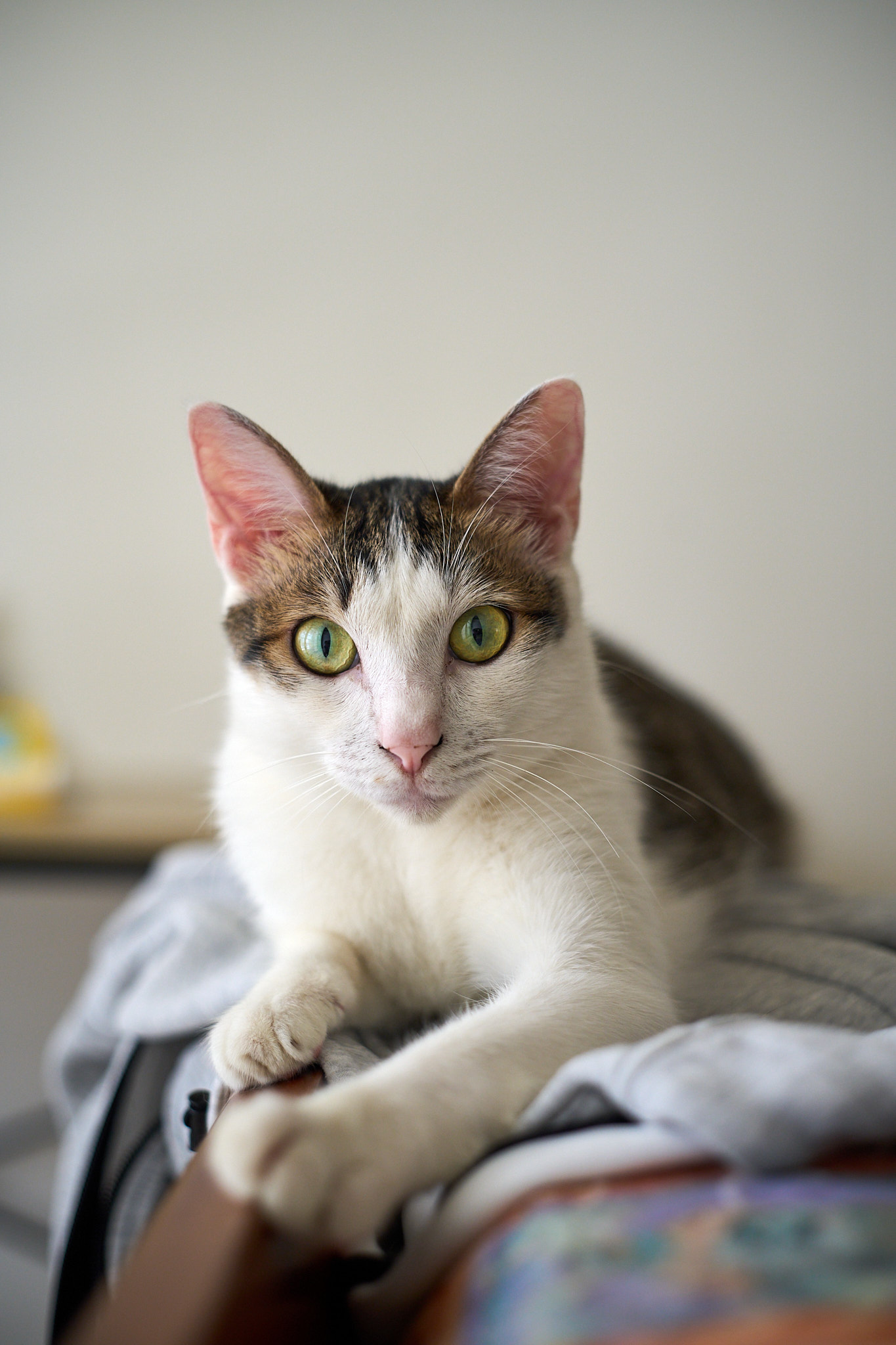Summary of a Talk on Flora and Fauna in the Mirror of the Manchu Language
2021-06-11

A summary written by Xie Ren-yan 謝仁晏 of a talk I gave on March 18, 2021 has been published in the Academia Sinica Ming-Qing yanjiu tongxun 明清研究通訊 (Ming-Qing studies newsletter). My talk was titled "Flora and Fauna in the Mirror of the Manchu Language: A Look at Words and Things in Eighteenth-Century China" 十八世紀中國的詞與物世界——以《清文鑑》草木蟲獸部為中心. Lin Shih-Hsuan 林士鉉 acted as the discussant on that occasion.
The talk presented a summary of a chapter from a book manuscript that He Bian and I are currently working on (we presented an overview of the project at the 2021 Association for Asian Studies Annual Conference). The book concerns the efforts to codify words and provide descriptions for animals and plants at the court of the Manchus' Qing empire in the eighteenth century, descriptions that both relied on information from elsewhere in the world and in turn had a subsequent influence there. The territory of the Qing empire was varied, and so were the ways in which its birds, beasts, fish, trees, and flowers were talked and written about. The scholarly tradition inherited from the Ming dynasty was in Chinese, but the words to describe the natural world in the empire's Inner Asian territories were Mongolian, Manchu, or originated in some Tungusic or other unwritten language filtered through Manchu.
Our ambition is to sort out how scholars in Beijing endeavored to integrate this disparate linguistic information into a scholarly whole. We think that the texts they wrote transcended private scholarship by gathering and synthesizing a wide range of sources, including older natural historical literature, recent travelogues, field reports, and a large number of local gazetteers. The court scholars first worked to account for the natural world of the empire, then of all the natural products that reached the court—in physical form or in description—from elsewhere in the increasingly connected early modern world. The result was a kind of plurilingual encyclopedism, most prominently displayed in the emperor's Manchu Mirror series of dictionaries. In the talk, I focused on the first of these Mirrors, which was published in 1708.